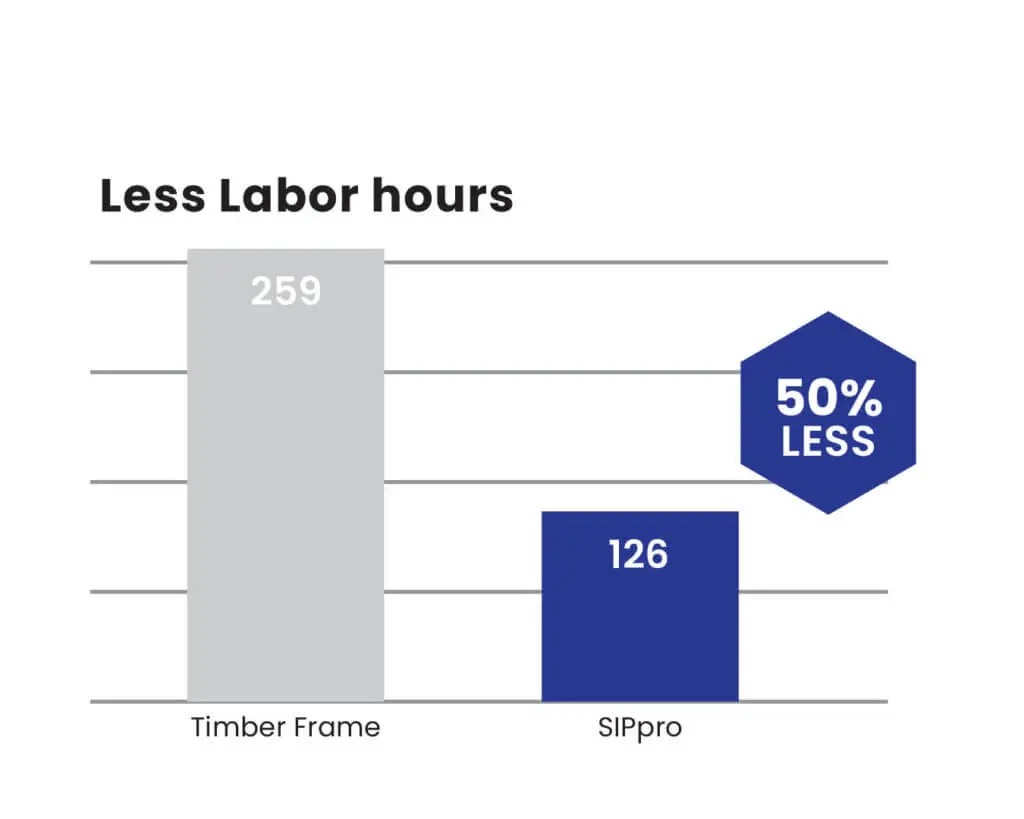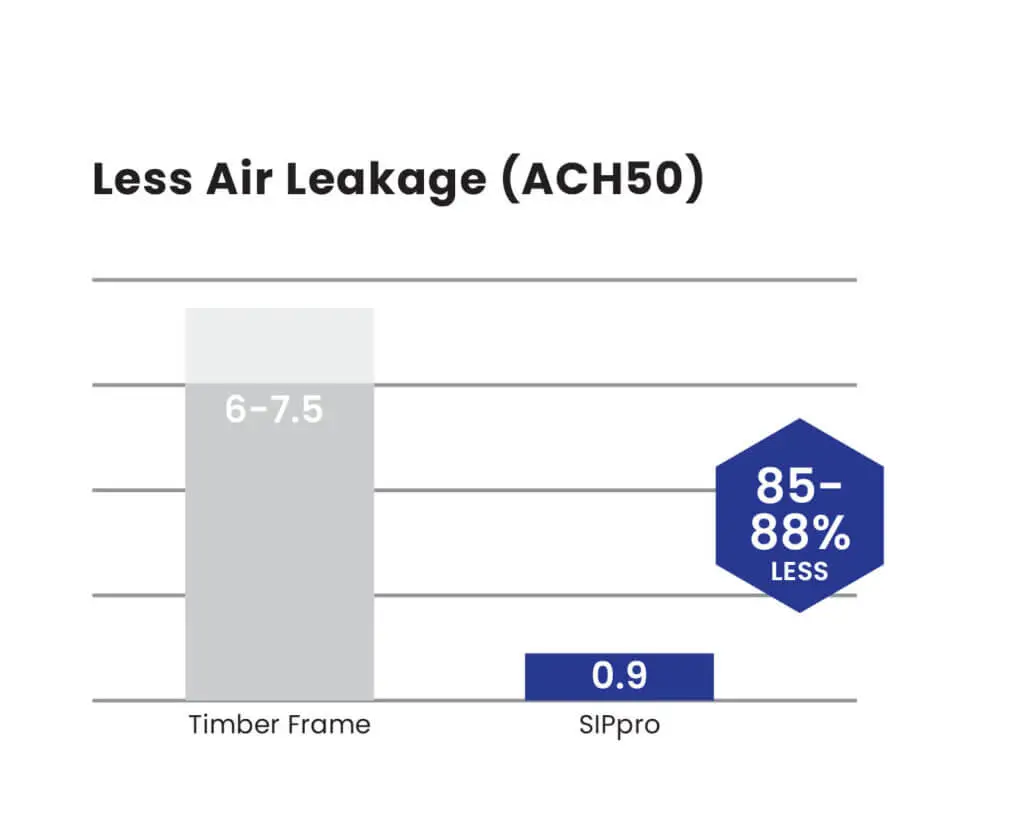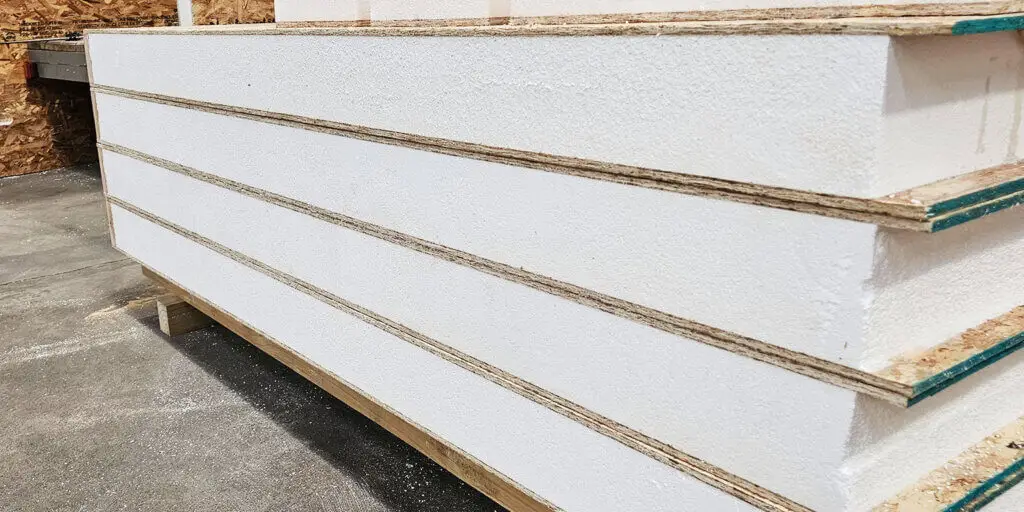Why SIP Panels from SIPSolutions Are an Excellent Choice for NZ Buildings.
The recent call for the Ministry of Business, Innovation, and Employment (MBIE) to investigate the 2022 New Zealand Building Code (NZBC) H1 changes highlights the need for a more nuanced understanding of building efficiency and costs. While concerns about increased construction expenses and overheating are valid, the core issue lies in the lack of comprehensive ventilation regulations, and inadequate shading design leading to overheating by solar gain. Let’s look at how SIP panels can help.
Energy Efficiency and Cost Savings of SIP Panels
Data shows that Structural Insulated Panels (SIP), particularly SIPpro panels from SIPSolutions, can significantly enhance energy efficiency. Studies indicate that SIP panels can reduce heating and cooling energy use by up to 60% compared to traditional construction methods. This reduction aligns with the NZBC H1’s objectives of minimizing energy consumption and lowering carbon footprints.


Construction Time and Labor Costs of SIP Panels
Evidence supports that the prefabrication of SIPpro panels accelerates the construction process. Research conducted on various construction projects demonstrates that using SIP panels can cut build times by up to 50%, translating to substantial labor cost savings. This efficiency not only reduces project timelines but also minimizes on-site waste.
Structural Integrity and Durability
SIPpro panels have been shown to provide superior structural integrity and durability. Empirical data from performance tests reveal that SIP panels can withstand extreme weather conditions, making them suitable for New Zealand’s diverse climate. Their robustness contributes to the longevity and resilience of buildings.

Environmental Impact
From an environmental perspective, SIPpro panels contribute to sustainability goals. Lifecycle assessments indicate that SIP panels have a lower overall environmental impact due to their energy efficiency and use of recyclable materials. This aligns with global trends towards greener construction practices.
Ventilation: A Critical Component
Despite their benefits, SIPpro panels’ performance can be compromised without proper ventilation, and good design limiting solar gain and thermal modelling. highlights that buildings with high insulation levels, such as those constructed with SIP panels, require effective ventilation systems to maintain indoor air quality and thermal comfort. Data from studies on indoor environments show that inadequate ventilation can lead to moisture accumulation, mold growth, and poor air quality.
Addressing the Legislative Gap
The lack of ventilation legislation is a significant gap in current building regulations. Data-driven insights suggest that integrating advanced ventilation systems, such as heat recovery ventilation (MHRV), can optimize the performance of SIPpro panels. By mandating proper ventilation, New Zealand can ensure that buildings meet both energy efficiency and health standards. Additionally thermal modelling should be looked at to become an essential part of all building designs.
Conclusion
SIPpro panels from SIPSolutions offer a data-supported solution to the challenges posed by the NZBC H1 changes. Their superior energy efficiency, construction speed, structural integrity, and environmental benefits make them an ideal choice for modern buildings. However, the integration of effective ventilation systems is crucial to fully realize these advantages. By addressing the ventilation legislative gap, New Zealand can lead the way in building sustainable, efficient, and healthy homes.
For more detailed analysis on H1 costs, overheating, and ventilation, refer to Storm Harpham’s comprehensive article here.


